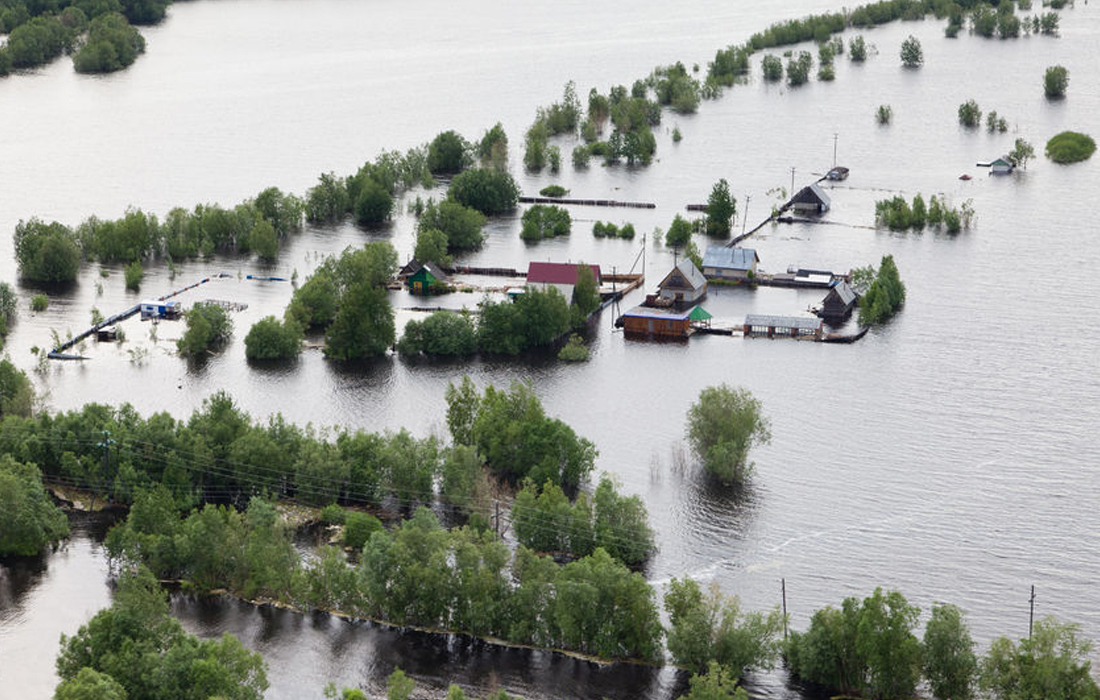Unless you’ve been living deep under the sea somewhere, if you spend any time in Miami, you know Miami floods. Whether it’s the influx of ocean water brought in by the King Tides, the flood waters driven by sea level rise, or an unfortunate effect of the proactive elevation attempts like we have seen on South Beach’s Sunset Harbor, it’s beyond question there is a looming threat of flooding for investors and homeowners in Miami-Dade County.
One reason many people don’t take the threat of long-term flooding seriously is because of the simple fact that given a bit of time, the flooding eventually subsides and things return to normal. But what happens when things do not return to normal? There are only so many million-dollar water pumps that can be installed, and we can’t build towering Trump-style sea-stopping-walls around every inch of Miami Dade. So, then what? What happens when areas around town become so flooded that houses become uninhabitable – who’s property is it then, and who will pick up the bill?
If the government decides they want to take private property, they go through the process of eminent domain and they are required to justly compensate the property owners. But in this scenario, it’s not the government taking the land or the houses, it’s Mother Nature.
This is not yet the case in Miami, but the same cannot be said for other cities. In flood-prone Louisiana, they have begun to grapple with this issue. By Louisiana state law, any waterways navigable by boat are deemed public property. This means what was once someone’s front yard could be fair game for boat access or public use – with no compensation planned for the property owners.
In Florida, it is conceivable that affected areas will be the ‘private’ beaches once adorned by multi-million-dollar mansions. While Miami Beach waterways and beaches are all public and owned by the state, this is not the case everywhere. Approximately 60 percent of Florida’s beaches are privately owned. And typically where does the private property stop? Where the shoreline is clearly marked by the fluctuations in water, known as the high-water line. And as flooding continues and sea levels rise – you guessed it, the private property shrinks.
The issue of public vs. private has already posed such an issue that just this March, Florida Governor Rick Scott signed into law HB 631 that blocks local governments from adopting ordinances that allow public access to privately owned beaches – without a judge’s order. But this still doesn’t address the issue of what will happen when that high-water line reaches front doors.
Consider this: though a near-apocalyptic flood is not likely to happen in the near future, in time, it will happen. Let’s say Miami is hit with a massive hurricane, coupled with extraordinary flooding, and the uber-posh Star Island has now joined the sea, the island is underwater and the homes are no longer inhabitable. Under current law, neither the state nor is the city under obligation to pay homeowners for their loss, and at some point, it could be considered public property.
This is where the fighting and litigation will certainly start and drag on for years. Who then becomes the owner? The city, the state? Who pays to remove the homes? And consider this, what happens if the Army Corps of Engineers (as they have been known to do) decide to spend the money to recoup the land at some point in the future? Does the government now own billions of dollars in land once privately held?
These possibilities are real, they are happening now, and we already have a word for it, “underwater real estate.” There have already been studies showing that costal properties are not commanding the prices they once did, and values will dwindle over time. Insurance companies are looking far into the future to protect their interests, and it’s time that developers, investors and governments do the same.


Comments(0)